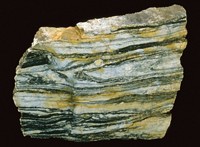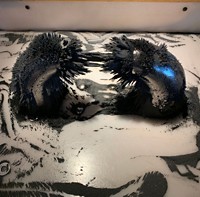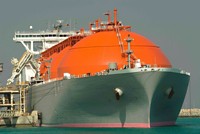Advertisement
Grab your lab coat. Let's get started
Welcome!
Welcome!
Create an account below to get 6 C&EN articles per month, receive newsletters and more - all free.
It seems this is your first time logging in online. Please enter the following information to continue.
As an ACS member you automatically get access to this site. All we need is few more details to create your reading experience.
Not you? Sign in with a different account.
Not you? Sign in with a different account.
ERROR 1
ERROR 1
ERROR 2
ERROR 2
ERROR 2
ERROR 2
ERROR 2
Password and Confirm password must match.
If you have an ACS member number, please enter it here so we can link this account to your membership. (optional)
ERROR 2
ACS values your privacy. By submitting your information, you are gaining access to C&EN and subscribing to our weekly newsletter. We use the information you provide to make your reading experience better, and we will never sell your data to third party members.
Geochemistry
Chemistry In Pictures
Chemistry in Pictures: Eternal flame
by Manny Morone
January 29, 2019

In the frozen woods of western New York state, light shimmers from inside a grotto at Eternal Flame Falls. Even in winter after the waterfall ices over, visitors can ignite this natural gas seepage coming from the rock formation below the falls and watch the flame emerge again. Eternal Flame Falls stands out among other natural flames because it’s so close to a running waterfall. Also, the content of the natural gas it emits is different—it is unusually high in ethane and propane. The two compounds make up 35% of Eternal Flame Falls’ gas, which stands in contrast to the 5–10% ethane and propane and about 90% methane in typical natural gas from other sites. The gas content at different sites can depend on the organisms that lived there millions of years ago and on the bacteria living in the wells today that can digest and convert gases into other compounds.
Credit: Outside Chronicles via YouTube
Do science. Take pictures. Win money. Enter our photo contest here.
Related C&EN Content:





Join the conversation
Contact the reporter
Submit a Letter to the Editor for publication
Engage with us on Twitter